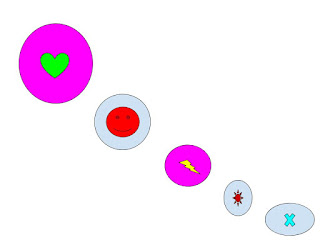Recently Patty Kaminski, art teacher at Don Bosco technical Academy, and Triada Samaras WP Art PIR created an arts integration lesson based on CRT/Culturally Responsive Teaching, SEL/Social and Emotional Learning, social studies and art. They chose the book, Gustavo the Shy Ghost by Flavia Z. Drago and the Mexican Day of the Dead celebration as their starting points.
"Click the link to the first video to learn about a young Mexican Folk artist. He describes the turmoil going on in his country and how he uses art as an escape from the violence in his community." LINK Click the link to the second video to learn about about the history of Dia de los Muertos. LINK They researched images of the Day of the Dead and Mexican Folk Art. Lastly, she instructed the students in the use of the art materials and art methods used for each class. The lesson plans were divided for the different grades:
6th grade Mexican Folk Art Sun/ Moon Drawings
7th grade Mexican Folk Art Animal Drawings
8th grade Mexican Folk Art Day of the Dead Drawings
Below are some of the results of their work:
In addition, Ms. Kaminski and Professor Samaras have started a new padlet for this project. They hope this technology will increase class participation and self-confidence as well as provide new thecnology skills for the students.




































